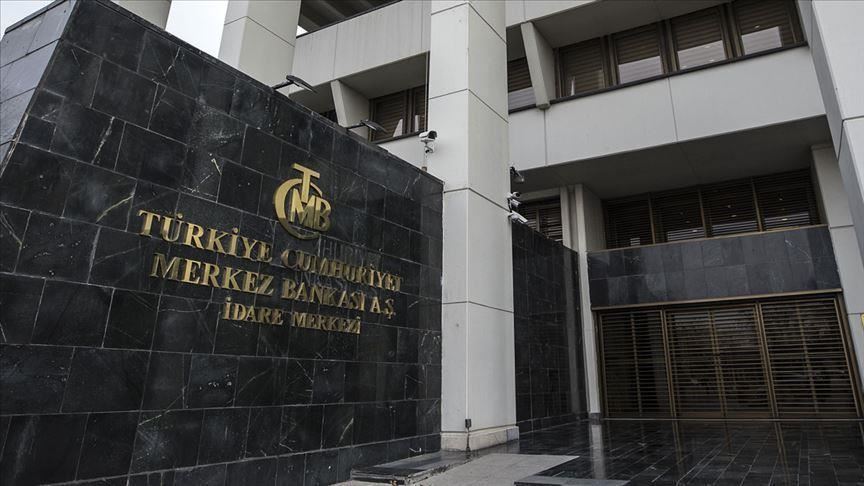The recent depreciation of the Turkish lira has captured both local and global attention, raising questions about Turkey’s handling of its economic challenges. With inflation surging and purchasing power diminishing, the government has introduced a set of new economic policies aimed at stabilizing the situation. But can these measures truly reverse the decline of the lira? What’s the Turkish lira crisis?
The Steady Decline of Lira: Causes and Context
In the past few years, the Turkish lira has faced consistent depreciation, largely driven by high inflation, global economic conditions, and domestic policy choices. A key issue has been the central bank’s interest rate cuts, which, despite inflationary pressure, have continued as part of President Erdoğan’s unorthodox economic approach.
Historically, lowering interest rates is seen as a means to encourage economic growth by making borrowing cheaper. However, this strategy also weakens the currency by increasing the money supply and pushing inflation upwards. In Turkey’s case, this policy has been pursued with the belief that it will eventually stimulate production and exports.

Key Factors Behind the Depreciation of Turkish Lira
- High Inflation: Inflation in Turkey has consistently been higher than expected, making it more expensive for consumers and businesses to operate. This has further eroded confidence in the lira.
- Interest Rate Policies: Erdoğan’s insistence on lowering interest rates, despite conventional economic wisdom, has led to volatility in financial markets.
- Global Economic Conditions: The strength of the U.S. dollar and rising oil prices have further put pressure on emerging market currencies like the lira.
New Economic Policies: A Path to Stabilization?
In response to the crisis, the Turkish government has rolled out a series of policies aimed at mitigating the economic damage. These include new fiscal policies, efforts to encourage foreign investment, and measures to stabilize inflation.
One of the most notable changes is a shift toward more orthodox policies in an attempt to regain investor confidence. The central bank has now begun to raise interest rates in a bid to combat inflation, a move that has been welcomed by international markets.
The Role of Interest Rate Hikes
Turkey’s central bank recently increased interest rates, signaling a departure from its previous approach. This move is aimed at curbing inflation and stabilizing the currency, but it is also seen as a necessary step to attract foreign investment and shore up confidence in Turkey’s financial system.
Higher interest rates could potentially slow down inflation and restore some value to the lira, but they also come with the risk of slowing economic growth, as borrowing becomes more expensive for businesses and consumers.
Encouraging Foreign Investment
The Turkish government has also introduced incentives for foreign investors, including tax breaks and streamlined processes for doing business in Turkey. Attracting foreign capital is crucial for stabilizing the Turkish lira, as it increases demand for the currency and can provide much-needed liquidity to Turkey’s economy.

Can These Policies Reverse the Decline?
While the new economic policies show promise, the key question remains: can they reverse the depreciation of the Turkish lira? The answer depends on several factors, including the effectiveness of the interest rate hikes and the ability to attract sustained foreign investment.
In the short term, the interest rate increases may help curb inflation and stabilize the currency. However, for long-term stability, Turkey will need to maintain a balanced approach, combining orthodox monetary policies with structural reforms aimed at boosting productivity and ensuring economic resilience.
Challenges to Overcome
- Restoring Confidence: While the policy shifts are a step in the right direction, restoring both domestic and international confidence will take time.
- Balancing Growth and Stability: Raising interest rates may stabilize the currency but could also hinder growth. The challenge will be finding a sustainable balance.
- External Factors: Global economic conditions, including the strength of the U.S. dollar and energy prices, will continue to influence the success of Turkey’s policies.
Looking Ahead: What’s Next for Turkey’s Economy?
As Turkey continues to navigate its economic challenges, it is clear that reversing the decline of Turkish lira will not happen overnight. The combination of interest rate hikes, inflation control, and foreign investment incentives presents a viable path forward, but much will depend on the global economic environment and the government’s commitment to maintaining these policies.
The next few months will be critical in determining whether the new economic model can succeed. While the current policies may offer short-term relief, long-term stability will require a carefully balanced approach that prioritizes both economic growth and currency stability.
Follow us on X and Facebook to stay informed and get the latest updates.
















